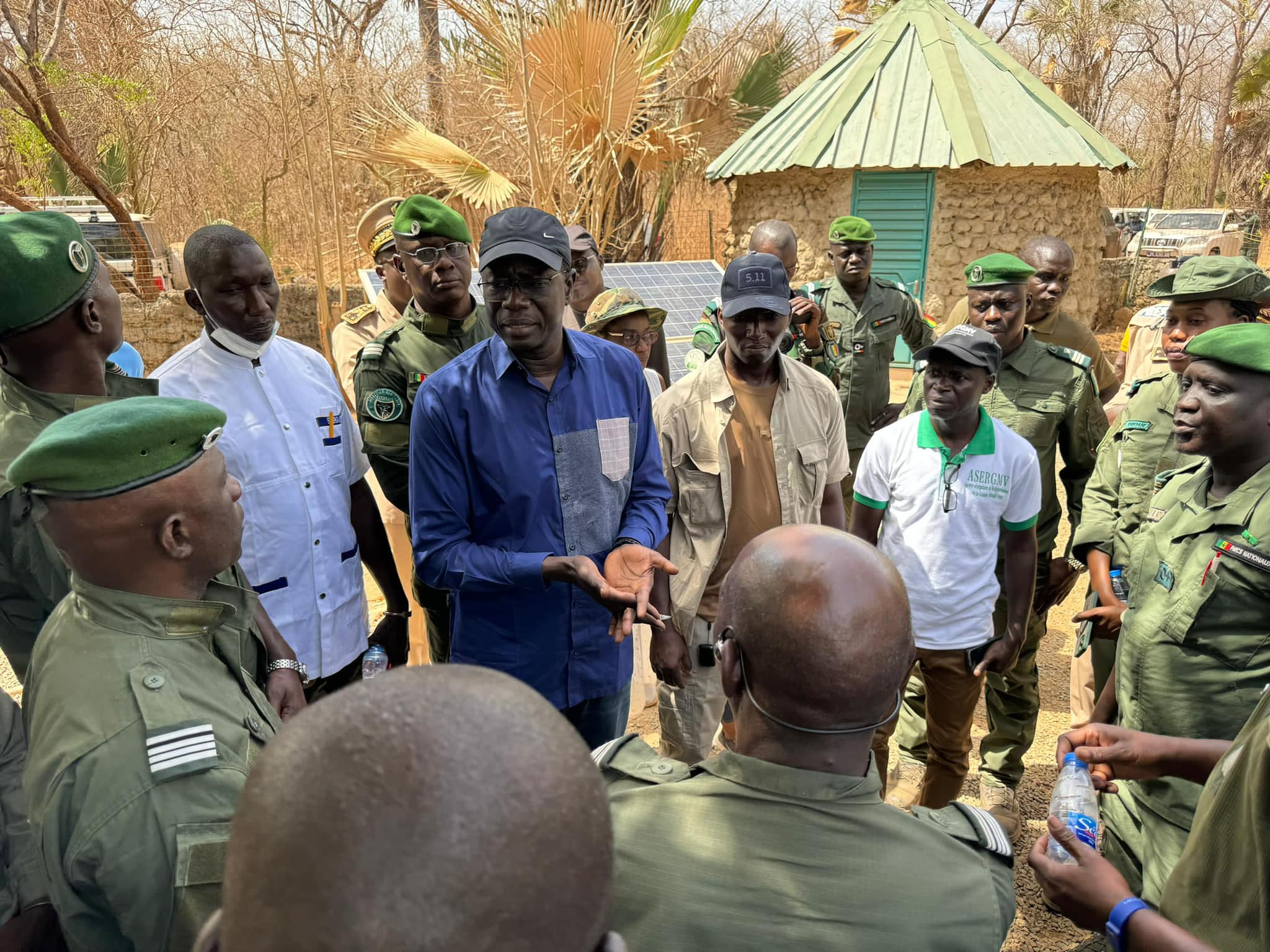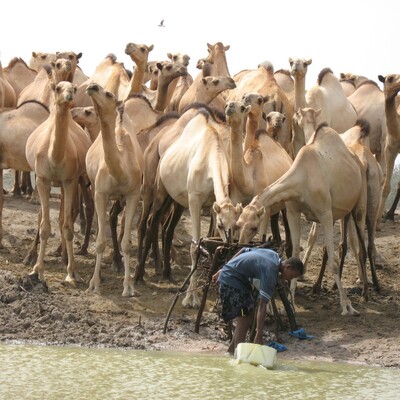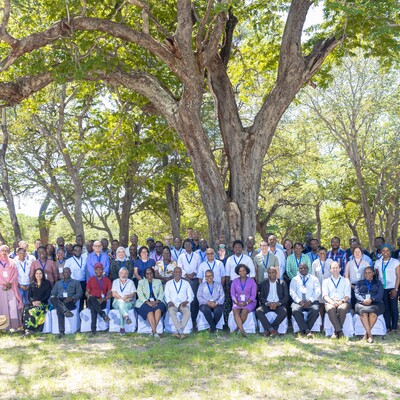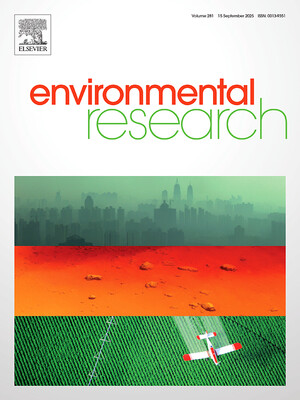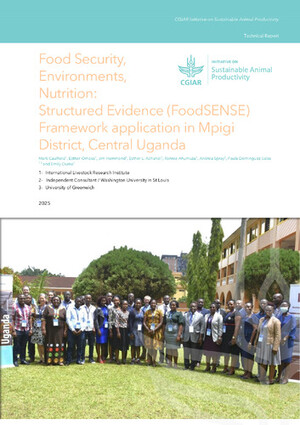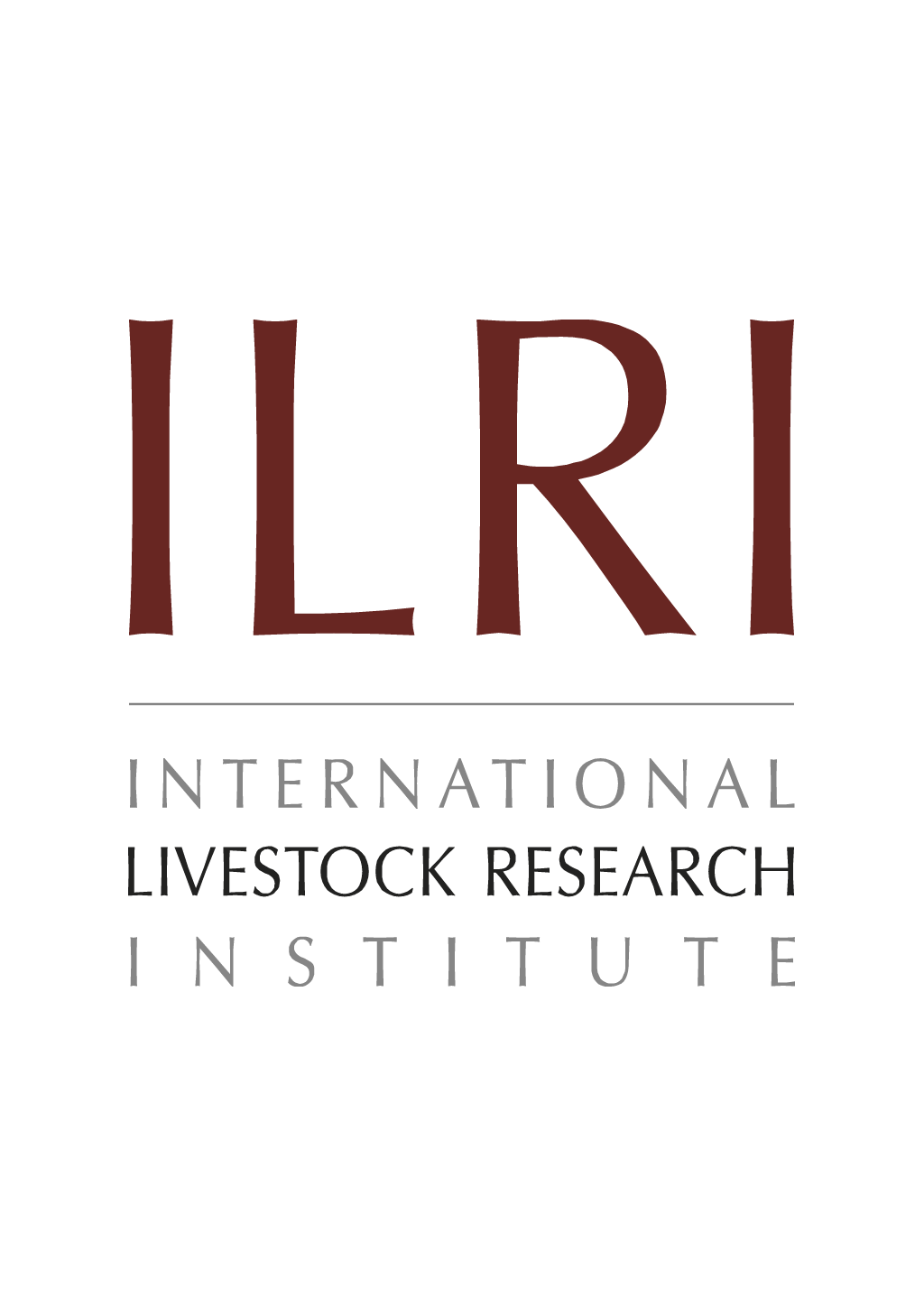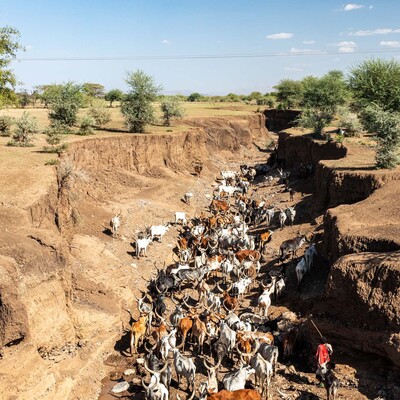
Striking a sustainable balance between livestock and the environment is crucial to Africa’s future
Almost 70 percent of Senegal land is used to graze livestock, writes Daouda Ngom, Minister of Environment and Ecological Transition for Senegal. Here and across Africa, pastoralists and livestock keepers sustain herding systems which are closely bound up with our landscapes and crucial to nationwide food security, economic growth, and ecological balance.
And yet, it is often argued that – if we want a sustainable future – we must choose between hooves and habitats because livestock is an “environmental liability”, adds the Minister.
But this point of view is misunderstood. Across Africa, innovative approaches and technologies are being piloted to allow livestock and a healthy environment to coexist. What is needed now is more investment and collaboration to scale these breakthroughs.
Despite being home to more than 85 percent of the world’s pastoralists and livestock keepers, sub-Saharan Africa produces just 2.8 percent of global meat and milk. As a result, one in five Africans do not have adequate access to nutritious foods, including animal source foods. Fixing this can be simple: a single egg, a cup of milk, or a small piece of meat can make all the difference to combatting malnutrition.
Meanwhile, populations are growing and urbanising faster here than anywhere else in the world. Demand for meat and dairy products is forecast to rise 300 percent by 2050.
Thankfully, evidence is already out there which proves that we don’t need to sacrifice a healthy environment to meet this rising demand.
Read more in his full op-ed, published by the Inter Press Service.
